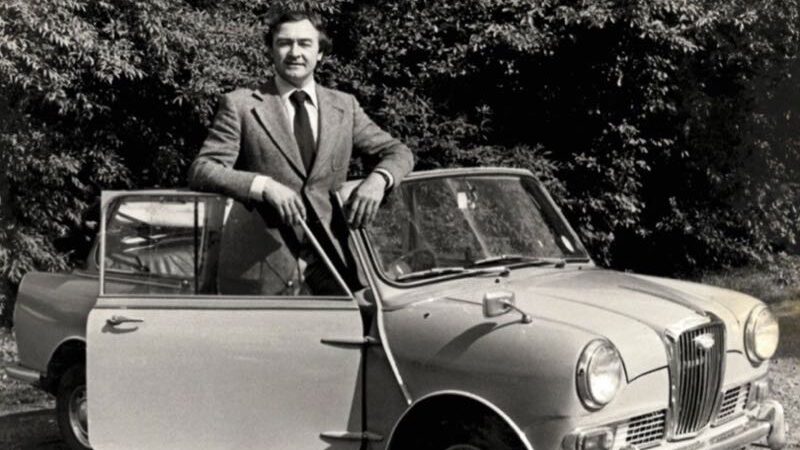A display of original Minis assembled by a Lower Wye Valley motor club proved a big draw at a recent county event at Monmouth.
There were other interesting classics on show but the clutch of iconic Minis attracted most attention, probably because many people could identify themselves with them.
The Minis and Mini Coopers on display were notable for their personal and comfort additions such as extended wheel arches and upmarket interiors – a far cry from the heyday of the Mini when luxuries were few and far between. Even a heater was an extra with some manufacturers!
But at the time one Mini that put others to shame as far as extras and luxuries were concerned was the unique Wolseley Hornet convertible commissioned by the Heinz 57 company in 1966.
These were exclusive vehicles and a total of only 57 were created to be given away as prizes in a competition based around the company’s varieties of canned soups. And in order to protect the cars’ exclusivity, the company lost no time in ensuring that the design was copyrighted.
However, the Mini connoisseur had a great choice of cars during the Sixties and Seventies. The virtues of the Mini variants made it the natural target of specialist conversion companies catering for those who also liked their motoring to have an individual flavour. The basic Mini could be seen in several guises – as an eye-catching town carriage, a convertible, a cross-county vehicle and a successful sports racing car.
Luxury motoring
But nothing matched the Heinz Hornet for sheer luxury. These cars were turned into full convertibles by Crayford Engineering in Westerham, Kent, with a quality soft-top hood, which could be lowered easily by releasing two windscreen rail fixings, and they underwent substantial strengthening underneath to compensate for the removal of the metal roof and to prevent scuttle shake.
After this the cars were given the sort of special treatment most motorists could only dream of. This included a built-in and insulated food cabinet, front and rear seatbelts (something of a novelty at the time), electric kettle and power point, a wool tartan rug, picnic hamper, transistor radio and built-in make-up tray, fitted out by Max Factor.
The cars were offered in two colour choices of birch grey and toga grey with cardinal red leather seats. And they were all registered consecutively with number plates LLH 8—D. And finally, there was the option of having your own personal monogram on the driver’s door.
The little Wolseley was similar to the riley Elf but was immediately recognisable by the illuminated name badge mounted on the grille. It was not only a good car to drive but superb transport for young family fun and holiday travel. The 1,000cc four-cylinder engine with a four-speed gearbox was a spirited performer in urban situations and at the time could keep up with the Joneses on the open road. Its fluid suspension gave a more comfortable ride than the dry system but needed to be pumped up from time to time to maintain accurate suspension settings. The motor was economical, too, with well over 40mpg being obtained.
As with other Minis at the time many of the Heinz cars soon fell into disrepair but thanks to admirable work by owners and the Heinz 57 Register most of the cars have been painstakingly restored and are being used on the road today.
With classic car prices continuing to rise, one wonders what a rare and restored 57 Hornet might be worth nowadays. I wish I still had mine!
Man and motor: Roy Lewis with his exclusive Wolseley Hornet convertible, an SUV ahead of is time (above).

